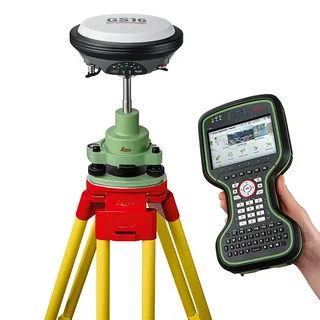Global Navigation Satellite Systems (GNSS) have significantly transformed how we navigate and interact with the world around us. From simple navigation tools to complex geospatial applications, the evolution of gnss technology and its applications has been nothing short of revolutionary. This article explores the development of GNSS and how it has impacted various sectors globally.
What is GNSS?
GNSS refers to satellite systems that provide geolocation and time information to a GNSS receiver anywhere on or near the Earth, where there is an unobstructed line of sight to four or more satellites. The most well-known GNSS is the United States’ GPS, but others include Russia’s GLONASS, the European Union’s Galileo, and China’s BeiDou.
The Historical Evolution of GNSS
Early Stages: Military Origins
The origins of GNSS can be traced back to the Cold War era, with the development of the U.S. Department of Defense’s GPS system in the 1970s. Initially used for military operations, GPS opened up a new realm of possibilities for navigation and tracking.
Civilian Access and Global Expansion
By the 1990s, GPS became available for civilian use, sparking a rapid expansion in applications. Other countries soon developed their own systems, leading to the global GNSS infrastructure we rely on today.
Modern GNSS Capabilities
Enhanced Accuracy and Reliability
Modern GNSS receivers can deliver positioning accuracy down to the centimeter level, thanks to real-time correction data and multi-constellation support. These advances have dramatically increased the reliability of GNSS in both urban and remote environments.
Integration with Other Technologies
GNSS is now integrated with IoT, AI, and mobile technology, enhancing its effectiveness across multiple industries. The evolution of GNSS technology and its applications has enabled seamless real-time tracking, geofencing, and predictive analytics.
Real-World Applications
Transportation and Logistics
One of the most prominent uses of GNSS is in transportation, where it supports route optimization, fleet tracking, and autonomous vehicle navigation. This has improved efficiency and reduced operational costs.
Agriculture
Precision agriculture relies heavily on GNSS for tasks such as automated planting, soil sampling, and crop monitoring. This ensures better yields and resource management.
Emergency Services and Disaster Management
GNSS plays a crucial role in coordinating emergency responses, managing disaster relief operations, and ensuring timely medical assistance in remote areas.
Construction and Surveying
Accurate mapping and land surveying are made easier with GNSS, reducing manual errors and accelerating project timelines.
The Future of GNSS
The evolution of GNSS technology and its applications is far from over. Future developments include enhanced satellite constellations, quantum-based navigation, and deeper integration with 5G networks. These innovations promise even greater precision, security, and reliability in the coming years.
Conclusion
The evolution of GNSS technology and its applications has touched nearly every aspect of modern life—from how we drive to how we farm and build. As GNSS continues to advance, its influence will only deepen, opening doors to smarter, more connected global systems. Understanding this technology’s trajectory helps us appreciate its current role and anticipate its future potential.


